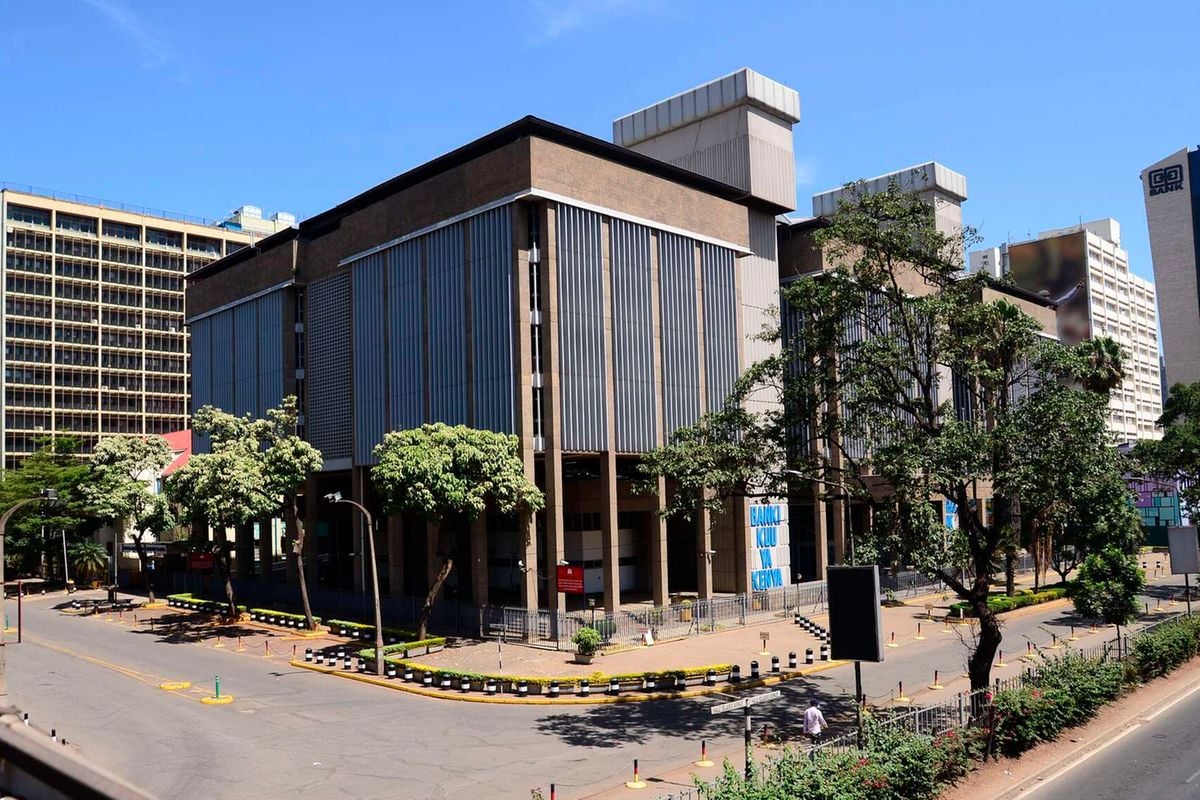
Loans to businesses and households collapsed in August to low levels registered in the interest-rate cap era seven years ago as high interest rates turned away borrowers.
New data by the Central Bank of Kenya (CBK) showed that private sector credit growth dropped to 1.3 percent in August, a level close to the 1.4 percent rate recorded in June 2017 when the country had interest rate caps in place.
“Growth in commercial bank lending to the private sector stood at 1.3 percent in August 2024 compared to 3.7 percent in July, partly reflecting exchange rate valuation effects on foreign currency denominated loans following the appreciation of the shilling, and the lagged effects of monetary policy tightening,” the CBK noted in a statement on Tuesday.
Growth in local currency-denominated loans stood at 5.2 percent in August as foreign currency-denominated loans contracted by 10.6 percent.
Kenya shilling loan facilities accounted for 74 percent of the banking sector loan book with the balance being foreign-denominated.
The collapse in private sector credit partly drove CBK’s monetary policy committee to cut its benchmark lending rate by 0.75 percent or 75 basis points to 12 percent on Tuesday having observed the sharp deceleration in credit to the businesses and households.
Interest rates on commercial bank loans have remained elevated despite the previous 0.25 percent cut to the benchmark lending rate in August from 13 percent.
The average weighted overall interest rates for the 38 licensed banks, for instance, edged higher by 0.1 percent during the month to rise to 16.78 percent from 16.67 percent in July, according to secondary CBK data.
The marginal 0.25 percent rate cut in August was deemed as inadequate to nudge domestic lending rates lower with banks calling for a sharper cut in the benchmark at the October meeting.
Higher lending costs have further resulted in a spike in the banking industry non-performing loans (NPLs) which hit 16.7 percent of the overall industry book in August compared to a lower ratio of 16.3 percent in June.
Increases in non-performing loans(NPLS) were observed in the transport and communication, personal and household, trade, real estate, and manufacturing sectors.
CBK however noted that banks continued to make adequate provisions for NPLs with the industry remaining stable and resilient with strong liquidity and capital adequacy buffers.
Private sector credit growth has largely stuck above double digits since the end of controls on commercial bank interest rates in November 2019 when the maximum lending rate was capped at no more than four percent of the Central Bank Rate (CBR)-CBK’s benchmark.









